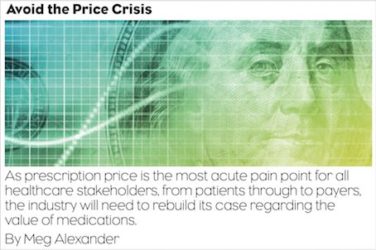Year after year, TV has taken the biggest slice of DTC marketers ad budgets. While it can be effective to increase awareness, we need to better understand what actions our target audience is going to take as a result of that awareness.
TV is still the number one channel for building product awareness, but what happens once the target audience for a new therapy becomes aware of your product? Research indicates, depending on the health condition, most patients go online to learn about new treatment options. Some health conditions also have a very active social media presence. For example, MS patients often use Twitter to talk about new and upcoming therapies and share information on drug side effects. For the most part, pharma has ignored this buzz.
DTC marketers often measure product awareness via market research. But where they have a hard time: Moving from awareness to conversion. The days of seeing a TV ad for a new drug, then asking the doctor about the drug are fading fast. Today, more people are going online. In focus groups I attended this Spring, people overwhelmingly said that pharma websites were not a primary reason for asking their doctor about or for the product. But why?
Prescription drugs are probably the hardest product to market. The Internet provides too much information on health and it’s up to users to determine what is credible and what is fake news. This represents a major opportunity for pharma companies to take their sales caps off and think like a newly diagnosed patient—or one currently on a competitive product. We keep hearing the term “engagement” used in marketing, but unfortunately most pharma online initiatives don’t understand engagement when it comes to patients’ needs.
Ask Patients What They Need to Know
The first step: Conduct research with your online audience and ask, “What do you need to know about this product or health condition?” It sounds simple but you would be surprised how many pharma websites are developed without taking this step. At one research setting in California, the groups actually helped us design our site by drawing their ideal website. It was interesting to see them collaborate and become marketers to one another.
The second step: Test your concepts through website development with your audience. You just can’t afford to launch a website and then change it after your hard product launch. A high bounce rate is a good indication that you missed the mark—and that your website is failing to meet expectations.
Finally: The philosophy of “it’s up and done” is myopic and doesn’t reflect that today’s online health seekers are bombarded with information. Your brand needs to be the “go-to” site for updated and relevant health information. Help your audience understand what’s going on and what it means to them in language that is easy to understand.
TV can be a great channel for building awareness, but once that awareness is reached, you need to think about how to engage people with your brand.
Your website is a key tool to educate, inform, and persuade—but only if you understand what your audience expects and wants from you.






